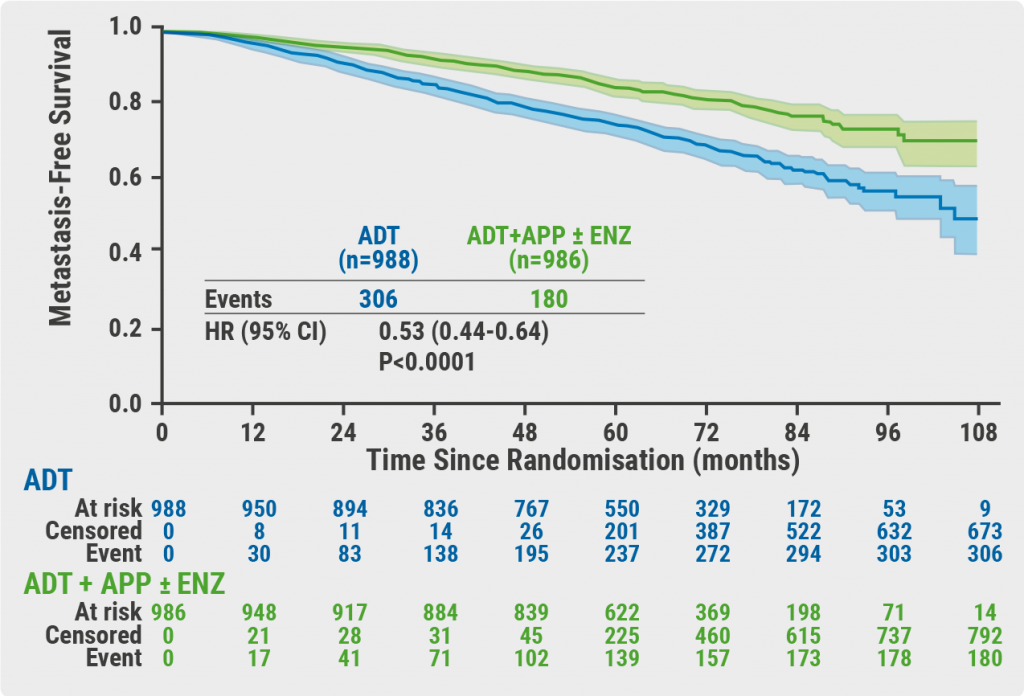"Multiple studies have shown that women with high mammography density are more likely to develop breast cancers," Dr. Hyeong-Gon Moon of Seoul National University College of Medicine told Reuters Health by email. "A growing number of studies suggest that mammographic density may also affect the rates of recurrence in women diagnosed with breast cancer. Some of these studies suggested a different local therapy (e.g., surgery) might be considered based on the patients' mammographic densities. However, these studies with relatively limited sample sizes failed to show a definitive answer."
Key findings of the current study, he said, include: younger age was associated with high mammographic density; women with high mammographic density were more likely to develop breast cancer recurrence in the same breast, although the association between density and same breast recurrences was not significant after adjustment for age; and even after adjustment for age, recurrences in the contralateral breast remained significant.
As reported in JAMA Surgery, among the 9,011 women (median age, 49) included in the analysis, 95.3% had T1 or T2 tumors and 63.5% had negative lymph nodes. The proportions of hormone receptor-positive and ERBB2 - positive tumors were 73.5% and 17.2%, respectively.
Most patients (92.5%) underwent whole breast irradiation.
Close to three-quarters (71.5%) had high mammographic density at their baseline measurement.
The median follow-up was 75.2 months.
The cumulative incidence of ipsilateral breast tumor recurrence (IBTR) was 2.1% at 10 years, with a higher incidence among those in the high mammographic density group (hazard ratio, 1.44).
As Dr. Moon noted, age at the time of surgery was shown to be a significant risk factor for IBTR (HR, 0.95), and younger age was associated with the likelihood of having high mammographic density (HR, 1.05).
However, when patients were stratified by their median age at surgery, mammographic density was not associated with the development of IBTR, and Cox proportional hazards regression analysis showed that the degree of mammographic density was not an independent risk factor for IBTR development.
For contralateral breast cancer, the cumulative rate at five years was 1.4%. Similar to IBTR, high mammographic density and young age were risk factors; however, the risk was increased in those younger than age 50.
Unlike IBTR, the degree of mammographic density remained an independent risk factor for contralateral breast cancer after adjustment for other risk standard risk factors.
The authors conclude, "These findings suggest that the degree of mammographic density is not a relevant factor to consider when deciding the types of local treatment in patients with early breast cancer. Rather, the degree of mammographic density can be used for the personalized surveillance approach because high mammographic density is associated with an increased risk of contralateral breast cancer."
Dr. Richard Reitherman, Medical Director of Breast Imaging at MemorialCare Breast Center at Orange Coast Medical Center in Fountain Valley, California, commented in an email to Reuters Health. "This data was accumulated (over) 18 years, during which time significant advances in diagnosis and treatments have evolved."
In addition, he said, "the data is not stratified into the many different subtypes that characterize this heterogenous disease, (and) the main factors for predicting the risk of primary breast cancer, same breast recurrence and contralateral cancer are genetic, most importantly the BRCA 1,2 and PALB 2 mutations."
"Overall," he said, "a woman with dense breast tissue has an increased lifetime risk of breast cancer. This component of risk is independent of the other risk factors, such as family history of breast or ovarian cancer."
SOURCE: https://bit.ly/33dGeLD JAMA Surgery, online November 24, 2021.
By Marilynn Larkin
Posted on
Previous Article
« Sildenafil use tied to reduced risk of Alzheimer’s Next Article
Patient-led surveillance safe, feasible after localized melanoma treatment »
« Sildenafil use tied to reduced risk of Alzheimer’s Next Article
Patient-led surveillance safe, feasible after localized melanoma treatment »
© 2024 Medicom Medical Publishers. All rights reserved. Terms and Conditions | Privacy Policy


